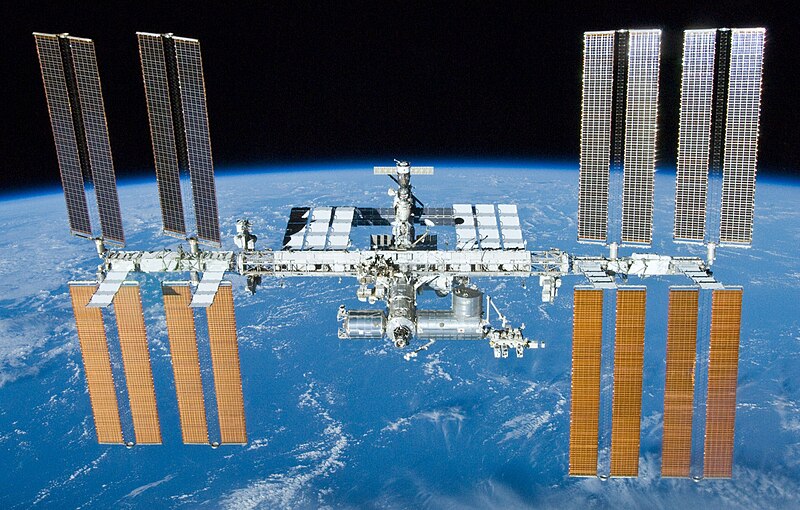In their November 2010 paper in the Journal of Cosmology, along with other reasons for pursuing an expedited one-way mission to Mars, Dirk Schulze-Makuch and Paul Davies assert that
establishing a permanent multicultural and multinational human presence on another world would have a major beneficial political and social implications for Earth, and serve as a strong unifying and uplifting theme for all humanity.
It is hard to see how they derive confidence in such a claim.
 |
| Independence Day movie poster |
Space and space missions are a standard of science fiction when it comes to creating story lines that unite humanity in spite of centuries-old divisions. This unification is often accomplished most efficiently when planet Earth is in imminent danger of being destroyed by an asteroid impact or being conquered by an alien armada.
Nowhere is this better exemplified than at the climax of the 1996 movie Independence Day, where the American president, played by Bill Pullman, delivers a speech that rallies his troops for a last-ditch airborne counterattack on an invading force, with identical calls to arms being enacted simultaneously around the globe by people of all races and all creeds and all colors, apparently.
Nowhere is this better exemplified than at the climax of the 1996 movie Independence Day, where the American president, played by Bill Pullman, delivers a speech that rallies his troops for a last-ditch airborne counterattack on an invading force, with identical calls to arms being enacted simultaneously around the globe by people of all races and all creeds and all colors, apparently.
 |
| Earthrise, December 1968 |
Although that day in July 1969 was celebrated the world over, the moon landings themselves failed to have any long-term impact as far as bringing people closer together. The Cold War and its proxy conflicts raged on, indifferent to these wondrous technological achievements.
 |
| International Space Station from the Space Shuttle Atlantis |
Yet, resplendent, orbiting above the planet at an altitude of 350 km (220 miles), it goes largely unnoticed by the world below. This is not to say that the Space Station has not called into being a remarkable intergovernmental collaboration on an unprecedented scale, but to note that, although an engineering triumph, it has resulted in few if any discernible "major beneficial political and social implications" of the type advertised by the one-way Mars mission proposal. If the tepid public reaction to the ISS is any indication, then it's not clear that such expectations should weigh in favorably in our evaluation of Schulze-Makuch and Davies's scheme to establish a human settlement on Mars post haste.
As with other motivations for the proposed expedited colonization of Mars - that it serve as a science outpost and as a lifeboat for humanity - rational analysis demands that we consider how alternative approaches compare as far as promoting a more positive political and social climate here on Earth. In other words, given that a one-way mission would cost hundreds of billions of dollars or more, how might similar - or even significantly smaller sums - be spent to foster feelings of union and brotherhood.
 |
| Jimmy Carter tries to comfort a 6-year-old at Savelugu (Ghana) Hospital as a Carter Center technical assistant dresses her painful Guinea worm wound. |
 |
| U.S. F-35 Joint Strike Fighter with a $110 million per unit cost |
Suffice it to say, we don't need to go shopping around for extraterrestrial projects, such as an ill-considered one-way mission to Mars, in order to concoct challenges to inspire and unify us, when working in broad international coalitions against terrestrial scourges, such as disease, hunger, global warming, not only would generate a much greater sense of unity and common purpose, but also would offer desperately needed material advances to billions of people here on Earth.
Part 5: One-Way Mission to Mars - Ethics Fail

One-Way Mission to Mars - Kumbaya Fail by Marc Merlin is licensed under a Creative Commons Attribution-NonCommercial-NoDerivs 3.0 Unported License.
Based on a work at thoughtsarise.blogspot.com.













